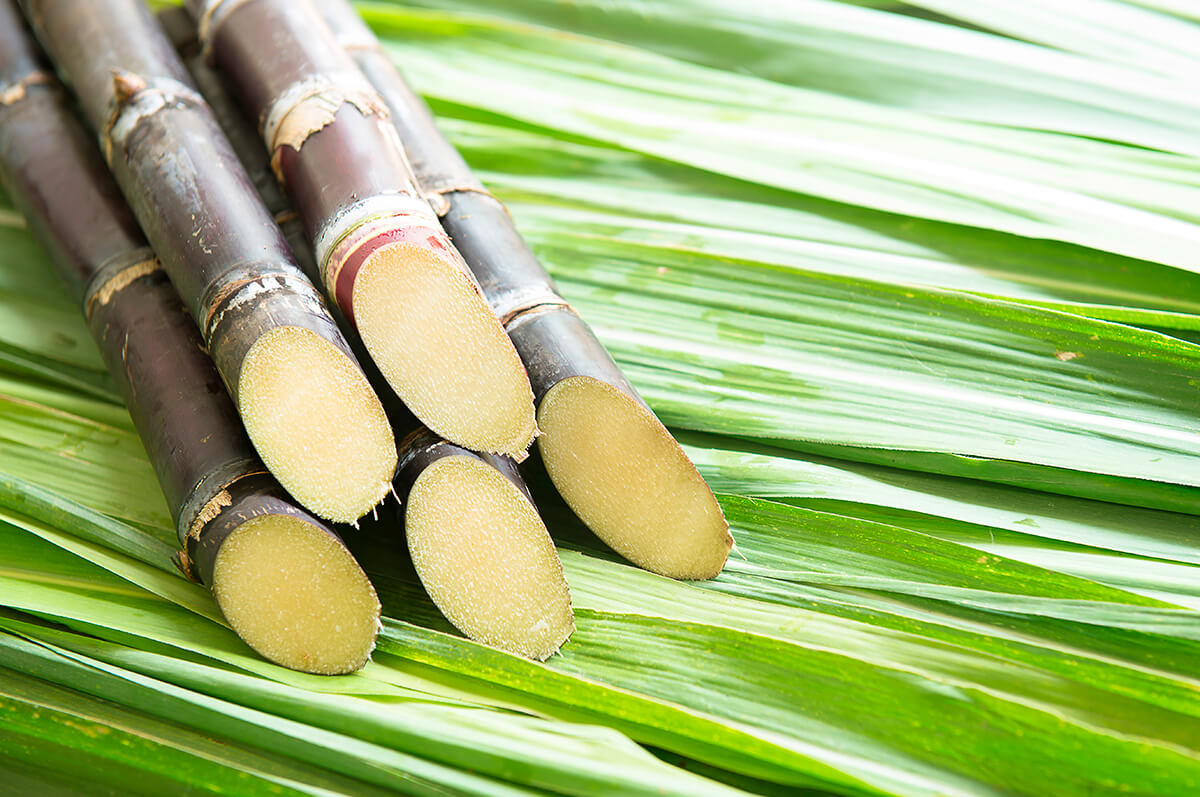São Paulo is the leading sugarcane producer in Brazil, but the crop rotation has made soybean gain more and more space in the state’s plantations.
According to the Center for Advanced Studies in Applied Economics (Cepea), São Paulo’s agribusiness GDP grew by more than 8% in 2020, and soy represents an important slice of this amount.
Araraquara, 280 km from the capital, illustrates the harmonious coexistence between the two cultures.
Even with the high production costs, the city’s producers believe that the weather will be favorable for this harvest and will compensate for the expenditures in grain cultivation.

PRODUCTION IN SÃO PAULO
According to figures from the National Supply Company (Conab), the state of São Paulo should sow soybeans in an area of 1.250 million hectares in this 22/23 harvest.
In the Taquaritinga property, 50 km from Araraquara, the Trevizoli family has cultivated sugarcane for four generations and has included soybean in the crop rotation in the last three years.
This season, they will plant the grain on 500 hectares.
According to Agrícola Trevizoli, soybean cultivation on sugarcane straw brings oxygenation to the soil, improves the production environment, increases organic matter and carbon, improves the macroporous, and enables nutrient fixation.
“The industry has responded very well to the soybean crop in this region, launching planters that can plant on top of the sugarcane straw.
“We enter [the field] desiccating, applying the herbicides that will eradicate the sugarcane stubble, and already planting the soybean seed on this stubble,” he explains.
ACQUISITION OF TECHNOLOGY FOR SOYBEAN
In previous harvests, the company outsourced the machinery, but with the profits obtained, it acquired its own. “Last year, we gained 20 bags per hectare, which was very nice.”
“This year, we don’t know yet, but in 2021 we paid for the harvesting service, and the cost was 8% of the production. This year we have the harvester we bought, and we expect to have more profit for sure,” says the owner of the farm, Marisa Trevizoli.
If the harvest is positive, Agrícola Trevizoli already plans to increase the sown area in the next season.
With information from Canal Rural

